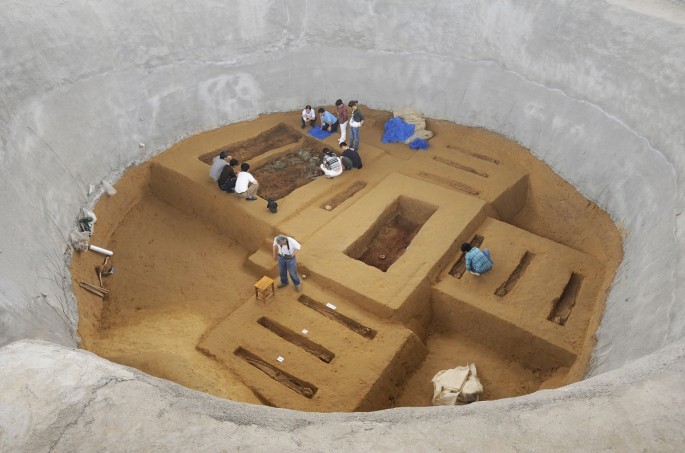For the first time, archaeologists have discovered an ancient “dzi” bead dating back to the second century A.D. in Ngari prefecture in China’s autonomous region of Tibet.
The bead, which measures 2.85 centimeters long, 0.5 centimeters wide, and with a hole of 0.2 inches in diameter, had a dark brown and milky white color.
Li Linhui, vice director of the Cultural Relics Protection and Research Institute in Tibet, said on Tuesday that the dzi bead, which is also known as the "heaven's bead" in Chinese, was unearthed in a cemetery that was constructed approximately 1,800 years ago.
The location and funerary items that were also excavated there suggested that the tomb's owner came from a wealthy family.
Li also said that the bead is the earliest of its kind to be found in the Qinghai-Tibet plateau, which is the highest plateau in the world.
The discovery provides very important first-hand material to further understand the origins, forms, patterns and uses of dzi beads in Tibet, Li added.
Dzi beads, which mean brightness or splendor in the Tibetan language, are prized in Tibet and other Asian cultures as protective amulets and are sometimes ground into a power for use in traditional medicine. Ancient beads easily fetch thousands of dollars in the market, especially for those with traditional patterns.
Other objects found in the tomb, such as wood combs, bronze mirrors and weaving items, also suggested that the owner was female, although there is also the possibility that it was male as Tibetan men also wore dzi beads, Li said.



























